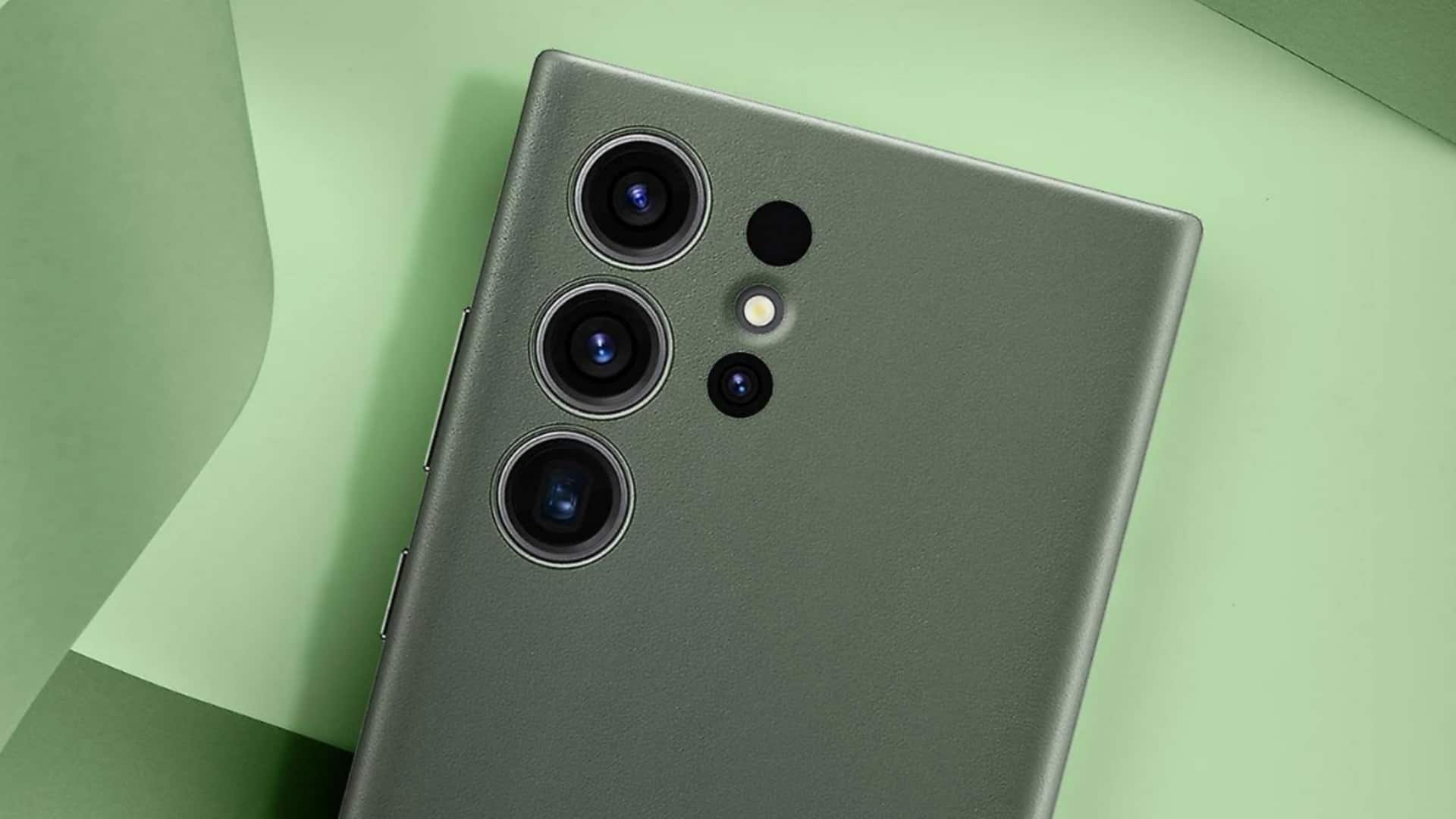
Samsung Galaxy S24 Ultra v/s S23 Ultra: Check rumored upgrades
What's the story
Samsung's Galaxy S24 series is expected to debut in the first quarter of 2024 and include S24, S24+, and S24 Ultra models. The launch is still months away, but the leaks have already started surfacing on social media platforms, revealing possible upgrades. Based on the details revealed so far, it is safe to assume that the top-end model, the Galaxy S24 Ultra, will get several noteworthy improvements over its predecessor. Here's everything you could expect from the upcoming Samsung flagship.
Details
Handset to get improved 200MP main camera sensor
The Galaxy S24 Ultra will include a 200MP ISOCELL HP2SX main camera sensor, according to tipster Ice Universe. This will be one of the most noticeable upgrades. The new sensor is likely to offer the same specifications as the 200MP ISOCELL HP2 housed in the Galaxy S23 Ultra, including a 1/1.3-inch optical format and 0.6μm pixel size. However, it will be more optimized to deliver enhanced image quality and improved low-light performance.
More
High-resolution 50MP telephoto sensor also expected
In addition to a new primary camera sensor, the Galaxy S24 Ultra is said to feature a new 50MP 1/2.52-inch telephoto sensor with 3x optical zoom, replacing the Galaxy S23 Ultra's 10MP telephoto lens that hadn't been updated by Samsung for a few iterations. This upgraded telephoto sensor will provide better zoom capabilities and improved long-range imagery. Samsung may also add a new 5x zoom button within the camera app to let users take full advantage of the new sensor.
Insights
Galaxy S24 Ultra: What else to expect
Other than camera improvements, the Galaxy S24 Ultra may include stacked battery technology, with faster charging speeds, upgrading from 45W on the Galaxy S23 Ultra to 65W. The handset could use Snapdragon 8 Gen 3 and Exynos 2400 (in select markets). It'll boot Android 14 and feature several AI capabilities. Samsung will use a titanium frame on the Galaxy S24 Ultra. Additionally, the phone might adopt a flat display with a 144Hz refresh rate instead of a 120Hz curved screen.